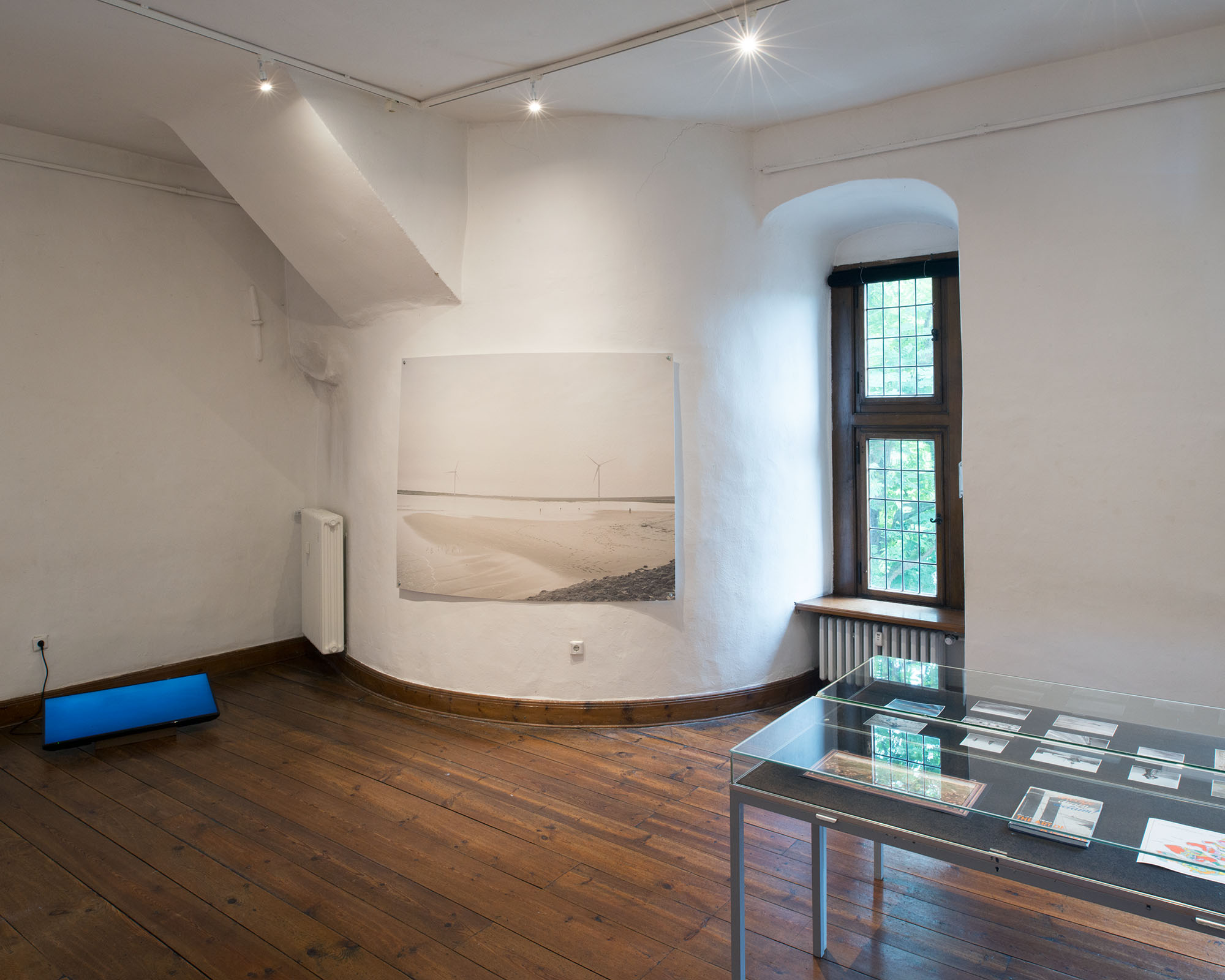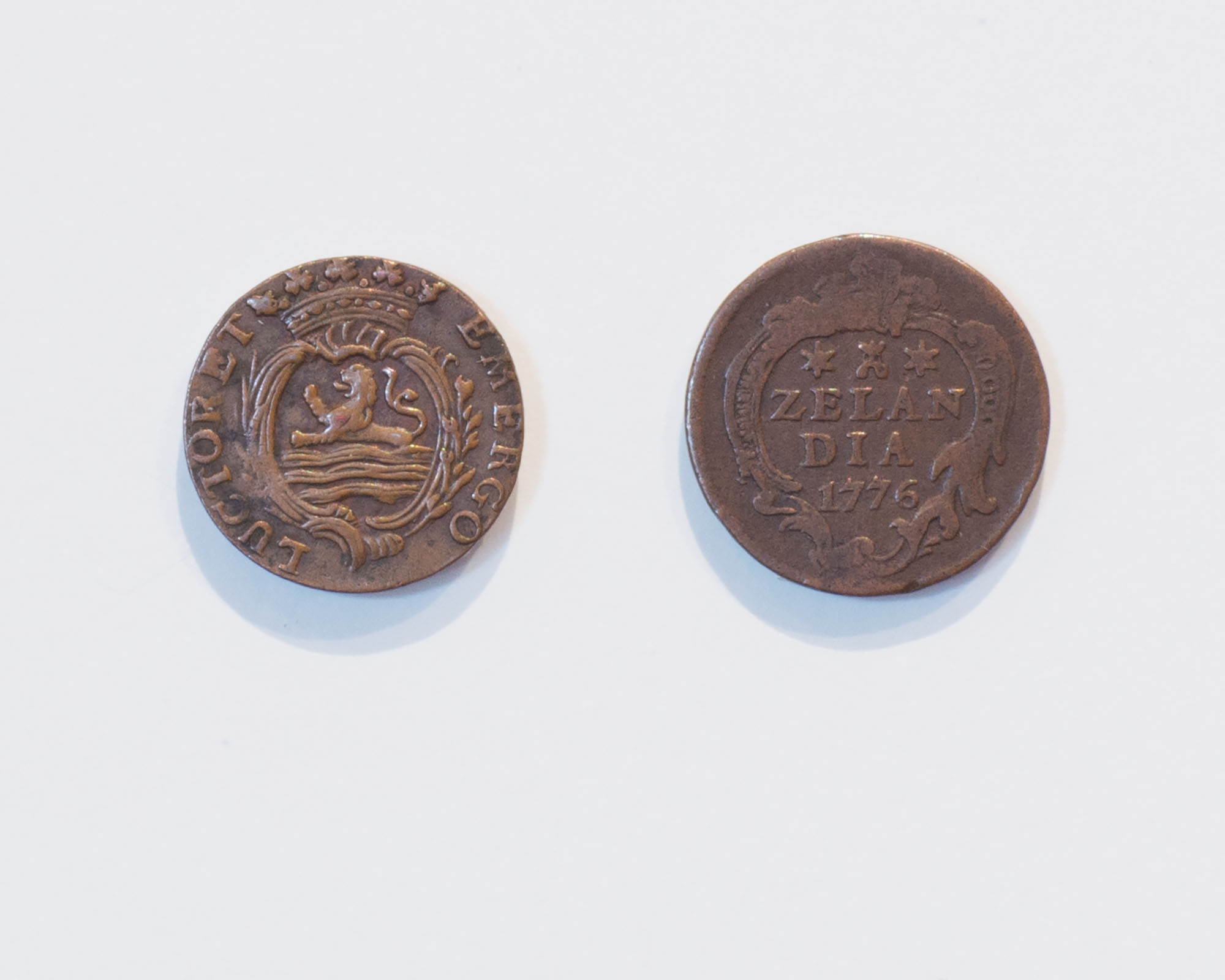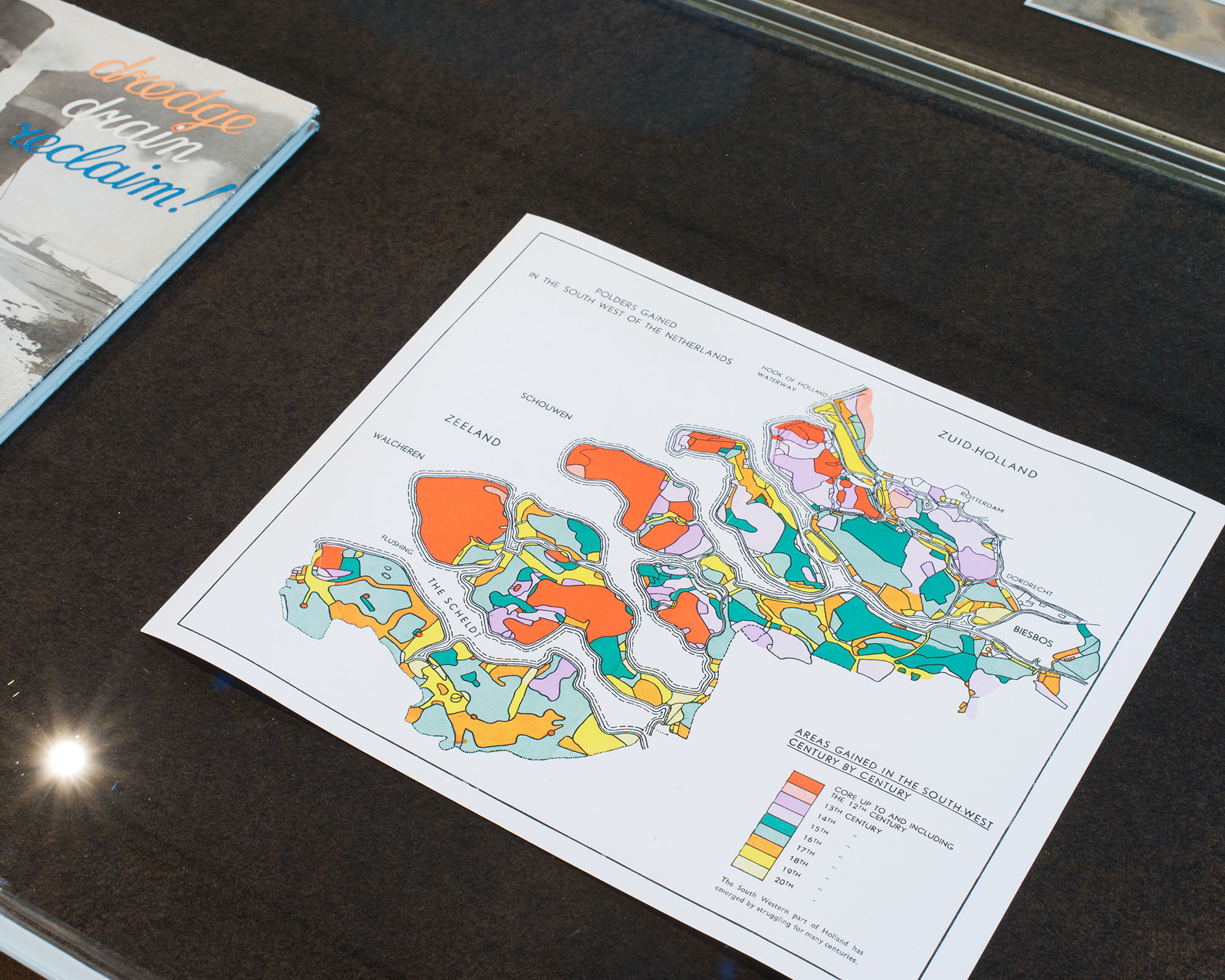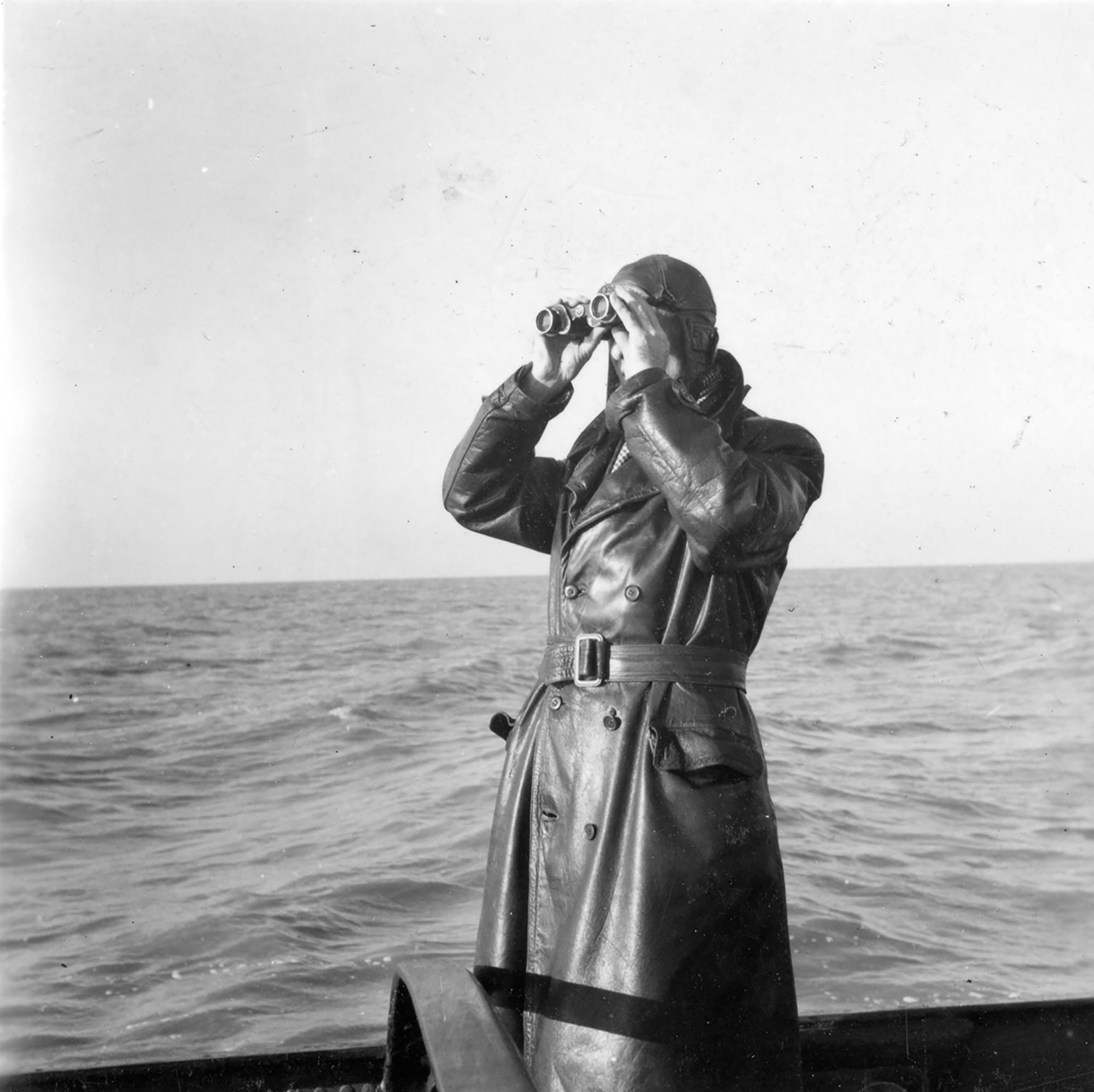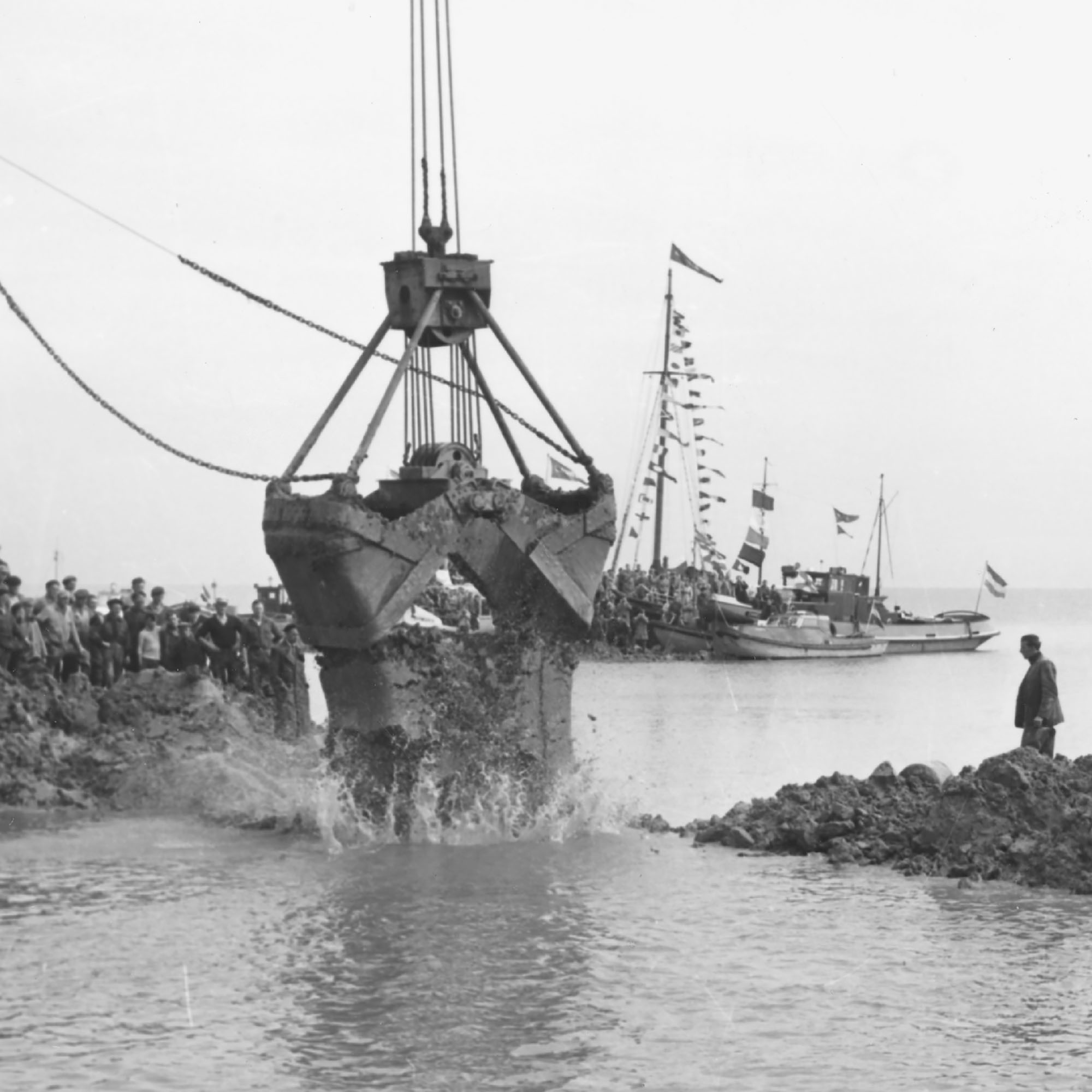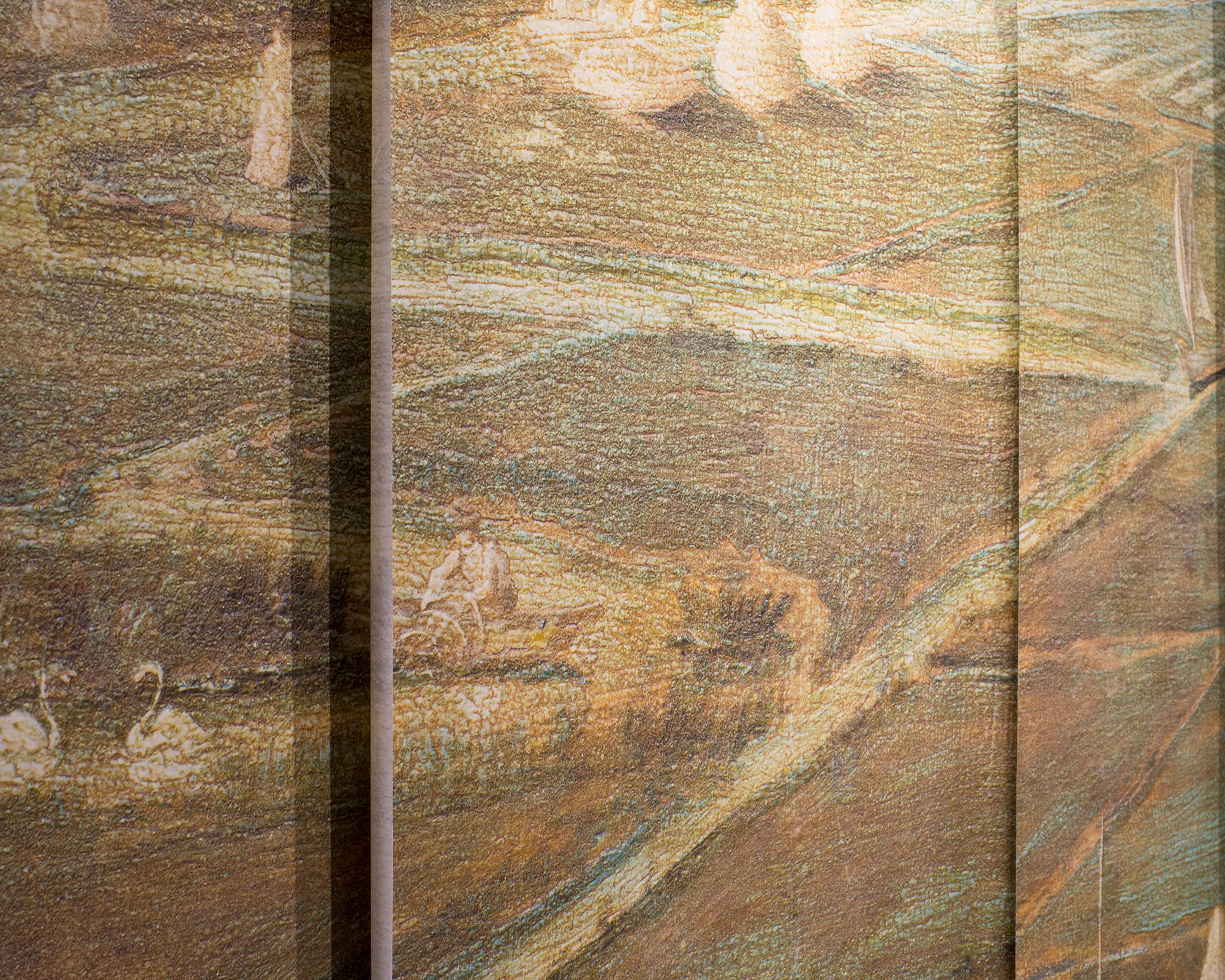The case study for DISTURBED HARMONIES [Anthropocene Landscapes] delves into the history of land reclamation in the Netherlands by connecting its political and economic dimensions with the tradition of Dutch landscape painting.
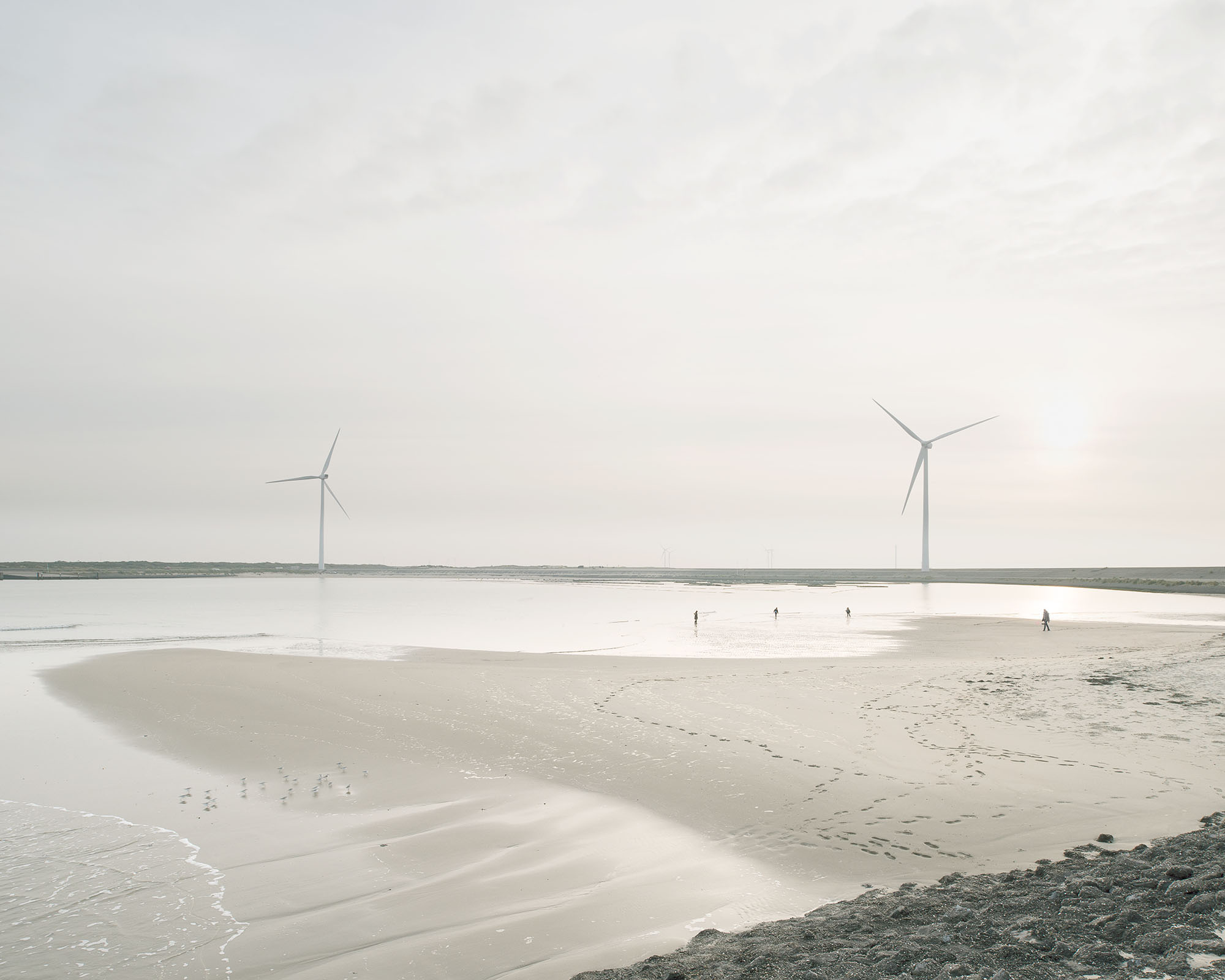
Axel Braun, Zand Motor, Monster, 2016, Full HD video, 00:12:00

Go / Return studio stage, Künstlerhaus Dortmund
2016, December 18
LUCTOR ET EMERGO is a complementary case study to NOTHING IS IMPOSSIBLE IN A PLACE WHERE DREAMS BECOME REALITY. While the latter was inspired by contemporary phenomena of land reclamation processes in South Korea, the former is dedicated to the history of these land reclamation practices that developed in the Netherlands over centuries and have been exported worldwide.
Luctor et emergo (to fight and to rise) is the motto of Zeeland, which repeatedly lost vast territories in storm floods since the medieval ages. They were reclaimed with immense effort during the following centuries. Juxtaposing this worldview with Nothing is Impossible in a Place Where Dreams Become Reality (the claim of a Korean construction corporation) illustrates the anthropocentric approach and belief in technological progress that characterises human actions since the beginning of the Industrial Revolution. While the first statement is based on the fight against nature, which is nevertheless acknowledged as a powerful opponent, the latter understands natural resources as modelling clay serving the fulfilment of human desires.
The case study was inspired by papers of sociologist …
1 July – 9 September 2018
Kunstverein Bochum at Haus Kemnade, Hattingen
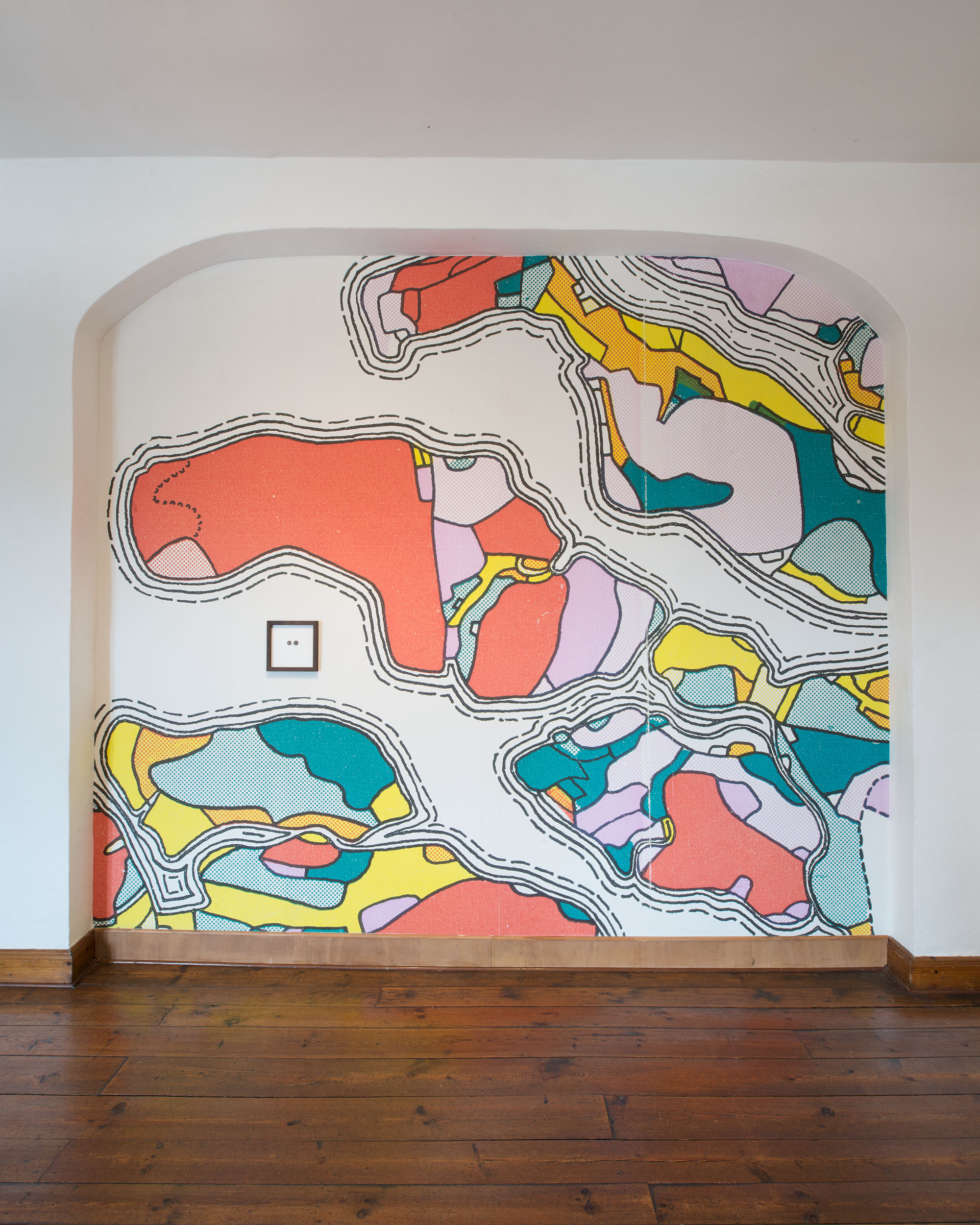
Axel Braun, Luctor et Emergo, 2013/2018
2 copper coins in picture frame, wallpaper
Axel Braun, Luctor et Emergo, 2013/2018
2 copper coins in picture frame, wallpaper
Axel Braun, Archival References, 2013-2018
Vitrines, Inkjet prints, book

N.N., Oostelijk Flevoland (Zuidoostpolder). De heer Göeken van de Landmeetkundige Dienst der Noordoostpolderwerken zoekt de horizon af voor de puntsbepaling van het punt K-2, van de nieuwe dijk voor de polder. (9007410); N.N., Oostelijk Flevoland (Zuidoostpolder). De dukdalf op het punt K-2 (K-ij) van de nieuwe dijk voor de polder. (9007411); N.N., Oostelijk Flevoland: Lelystad. Dichting van de dijk rondom de polder en het officieel in gebruik stellen van het gemaal Wortman nabij Lelystad. De laatste grijper keileem valt in het sluitgat: de polder is afgesloten (9016536); N.N., Noordoostpolder. Uitzaai van zeeaster in de polder. (9003728); N.N., Zuidelijk Flevoland. Eerste vegetatie in de polder. (6036047); N.N., Wieringermeer. Overzicht over de polder met op de voorgrond de Haukes. (9002145)
Photographs used with kind permission by Nieuwland Erfgoed Museum, Lelystad
Axel Braun, untitled (Anonymous, Grootslag Polder, 1606, detail), 2018
7 inkjet prints on GMG NewsProof80, wooden support structure

Axel Braun, Grootslag Polder III, Enkhuizen, 2017
Inkjet print on Hahnemühle Photo Rag Baryta, framed


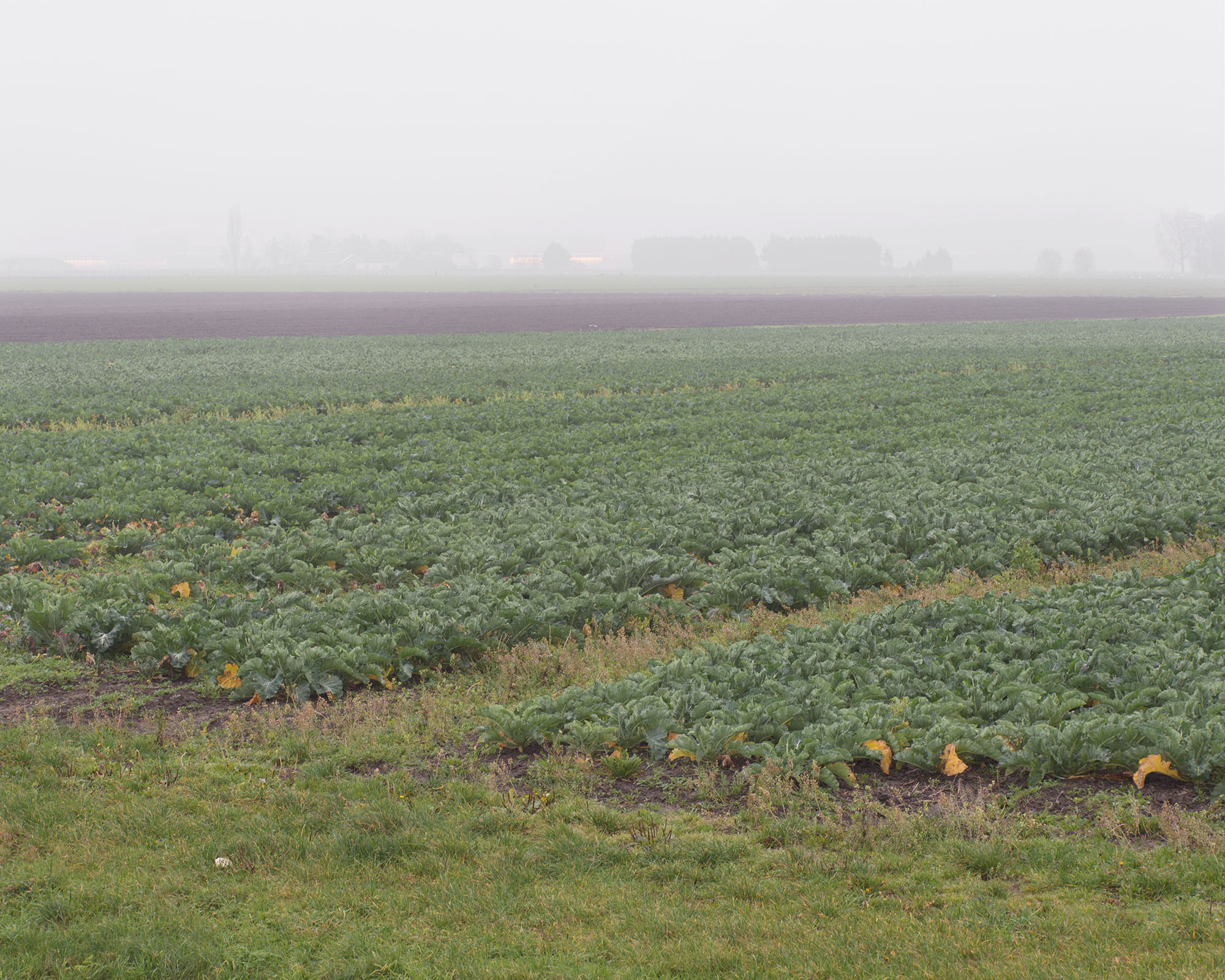


Axel Braun, Zand Motor, Monster, 2016
Full HD video, 00:12:00 (loop), LCD display, stand
______________________________
The first part of the research and production has been supported by a GO/RETURN grant by Kunstvereine Ruhr in 2016. Proof GmbH and Kunstverein Bochum e.V. supported the production in 2018.



